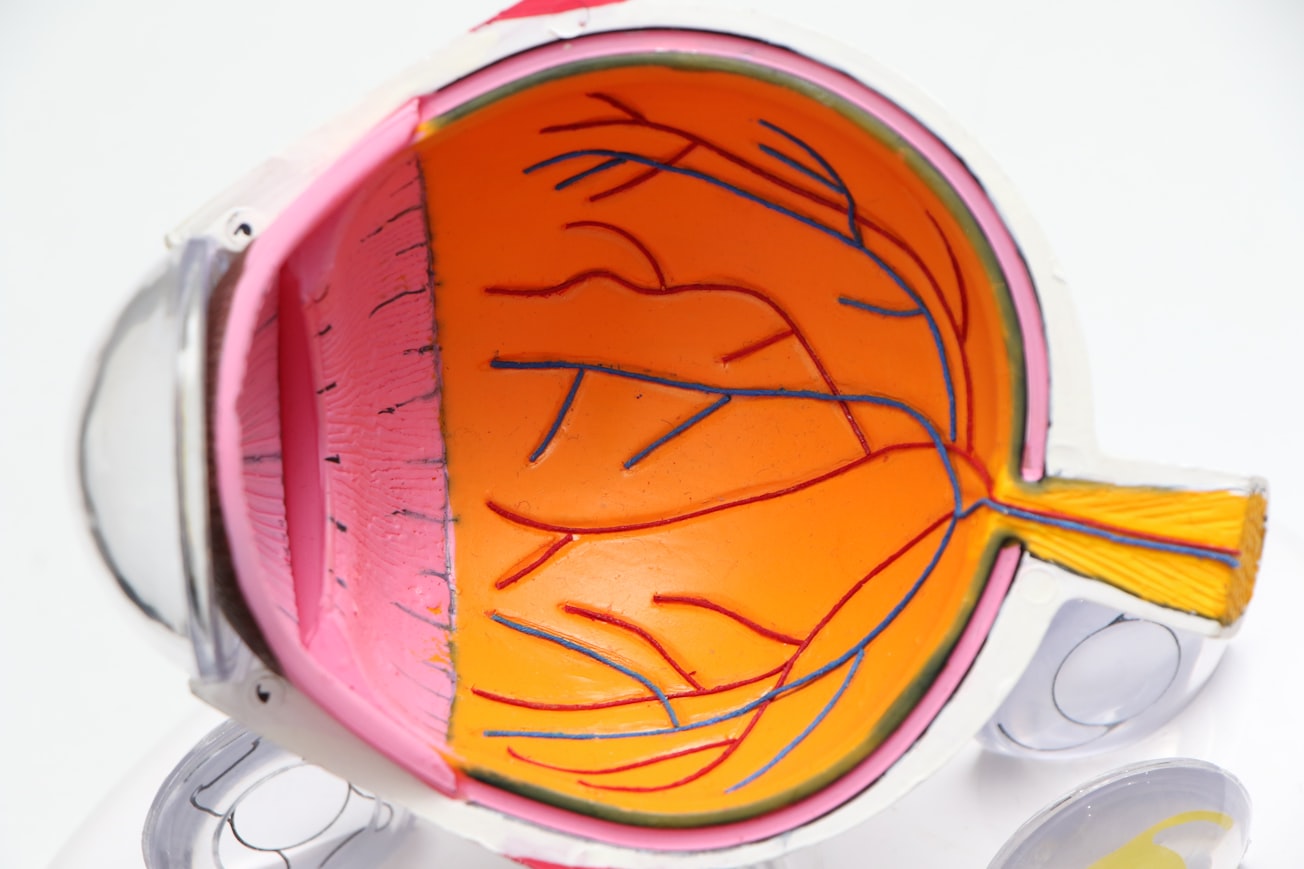What is it about?
Long-distance axon regeneration and clinically meaningful functional recovery after injuries to the adult mammalian central nervous system (CNS) remain challenging for clinicians and research scientists. Here, we identified a readily available small molecule, mitochondrial fusion promoter M1, that enabled long-distance axon regeneration through the entire length of the optic nerve and reached multiple visual targets in the brain after optic nerve crush injury. Such robust axonal regeneration elicited neural activities in the most distal target brain region after optical stimulation, resulting in a complete recovery of the pupillary light reflex (a reflex that controls the pupil constriction upon light stimulation) and restoration of response to looming visual stimuli (innate defensive behavior) after optic nerve crush injury.
Featured Image

Photo by Harpreet Singh on Unsplash
Why is it important?
Retinal ganglion cells fail to regenerate their axons after injury, resulting in permanent vision loss in patients. Currently, there are no effective therapeutic invention to improve clinical outcomes and to promote visual function recovery after optic nerve damage. Our study revealed that M1 could promote mitochondrial dynamics by increasing the mitochondrial length, motility, and transport velocity which induced robust axon regeneration and restoration of visual function in the adult mammalian CNS. Administration of M1 might represent a viable and non-viral therapeutic strategy to promote CNS repair and thus further investigation is warranted to evaluate the potential clinical application of M1.
Perspectives
We believe that our study has identified a small molecule that could offer hope for patients with optic nerve damages such as glaucoma-related vision loss.
Chi Him Eddie Ma
City University of Hong Kong
Read the Original
This page is a summary of: A small molecule M1 promotes optic nerve regeneration to restore target-specific neural activity and visual function, Proceedings of the National Academy of Sciences, October 2022, Proceedings of the National Academy of Sciences,
DOI: 10.1073/pnas.2121273119.
You can read the full text:
Contributors
The following have contributed to this page







